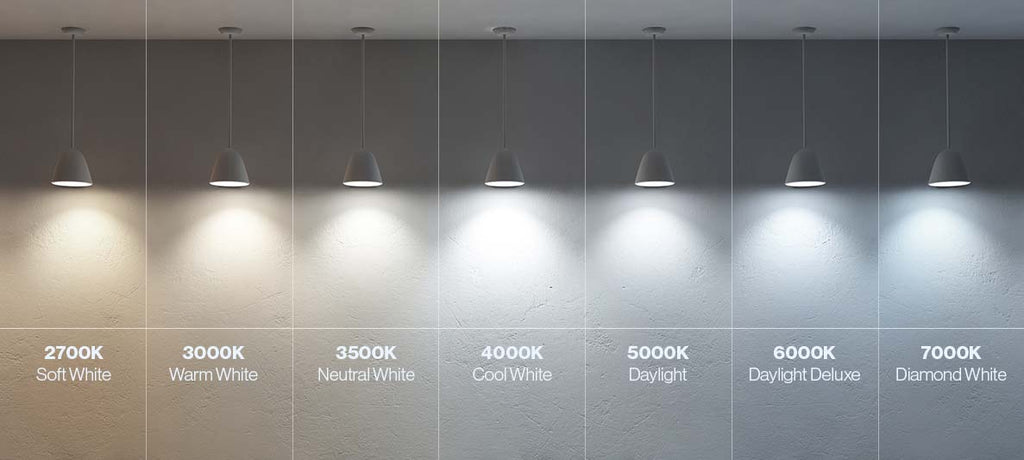Energy-Efficiency Tax Credit (25C) is Creating More Jobs
The job market is kind of a mess right now. Everywhere you look, companies are “hiring” but it seems like no one can get a job. However, the Energy Efficient Home Improvement Tax Credit (also known as the 25C tax credit) is doing more than helping homeowners save money on energy upgrades A recent report from Rewiring America discusses how this federal incentive is boosting demand for energy-efficient home improvements, which in turn is driving significant job creation in manufacturing, installation, distribution, and local small businesses.
In our current economy, this is huge news. When homeowners claim the 25C tax credit for things like better insulation, energy-efficient windows and doors, or updated heating and cooling systems, they save on their taxes (up to $880 on average in 2023, according to the U.S. Treasury). But those savings are just the start.

Rewiring America found that for every $1 saved through the 25C credit, $10 in consumer spending follows. That spending ripples across the economy, supporting roughly 240,000 U.S. jobs. These aren’t abstract numbers—they represent real opportunities for workers in a wide range of industries.
Take installation jobs, for example. The push for energy upgrades is supporting about 41,000 local installation jobs across the country. These include HVAC technicians, electricians, and contractors who install everything from heat pumps to insulation to upgraded electrical panels. It’s steady work that also happens to make homes more efficient and comfortable.
Then there’s manufacturing. The demand for more efficient home systems means factories are busier making the products people are now more likely to buy. That supports around 37,000 manufacturing jobs, including roles in making insulation, water heaters, and heating and cooling systems—all right here in the U.S.

The distribution side of things is growing too. Rewiring America estimates that 21,000 jobs in transportation and retail are being supported by the credit. Think truck drivers delivering HVAC units and water heaters, or workers stocking the shelves at your local hardware or appliance store.
And supporting all of this are 143,000 additional jobs in small businesses and service industries that keep everything running smoothly. Whether it's a family-owned logistics firm or a neighborhood contractor, this surge in home improvement activity is giving them a reason to hire, expand, or simply stay afloat.
David Friedman, senior director of federal policy at Rewiring America, put it this way: “Consumers are the engine of our economy. Households are the engine of the economy. 25C helps us rev up our engine.”
Friedman also pointed out that these jobs depend on demand. “The equipment manufacturing jobs only exist if people are buying the products,” he said. “These tax credits support consumer spending and, in turn, support the jobs of truck drivers hauling the equipment, the people working in retail stores selling it, and the people in your community installing it.”

The 25C tax credit is also proving to be a valuable tool for contractors and small business owners. Many are using it as a selling point to help homeowners understand the financial benefits of making upgrades. That’s helping businesses grow and reach new customers—especially at a time when rising energy costs are making efficiency more appealing.
At its core, the 25C tax credit is about more than just energy efficiency—it’s about building a stronger economy. By helping everyday people improve their homes, it’s creating solid, good-paying jobs and helping local businesses thrive. It’s a win-win for homeowners and workers alike.



